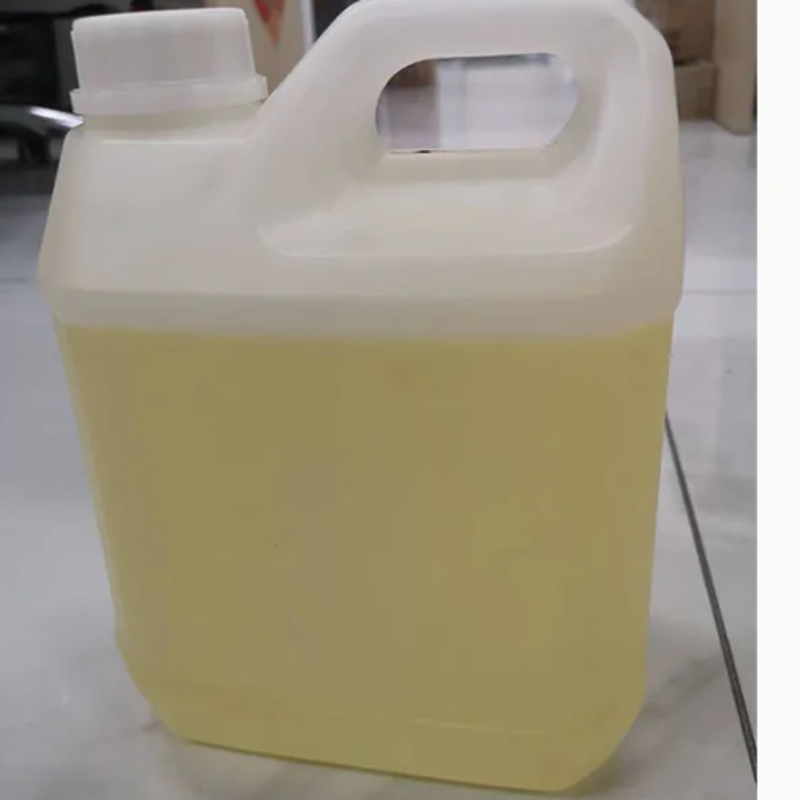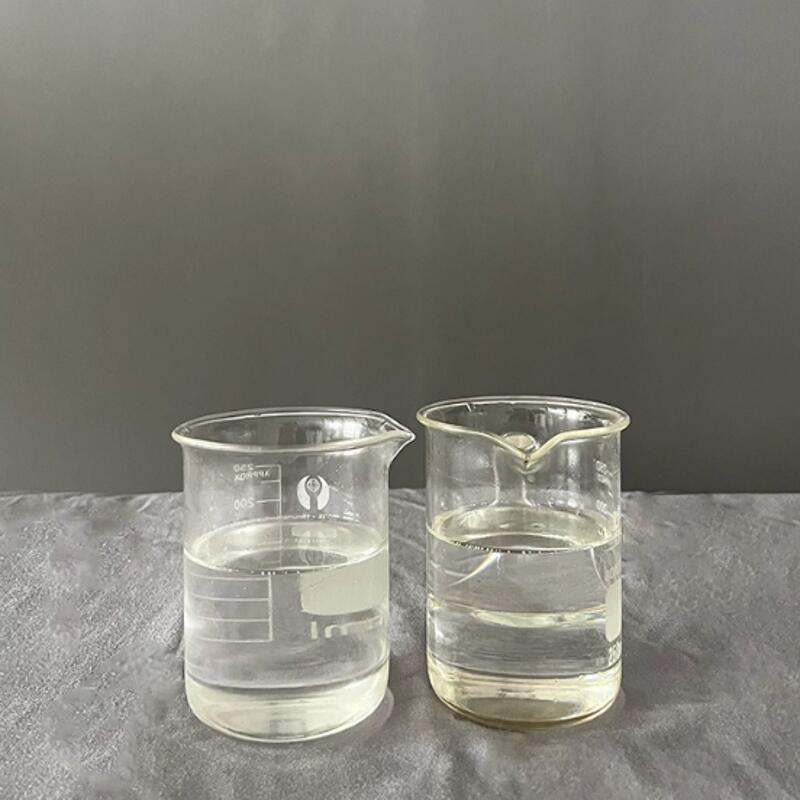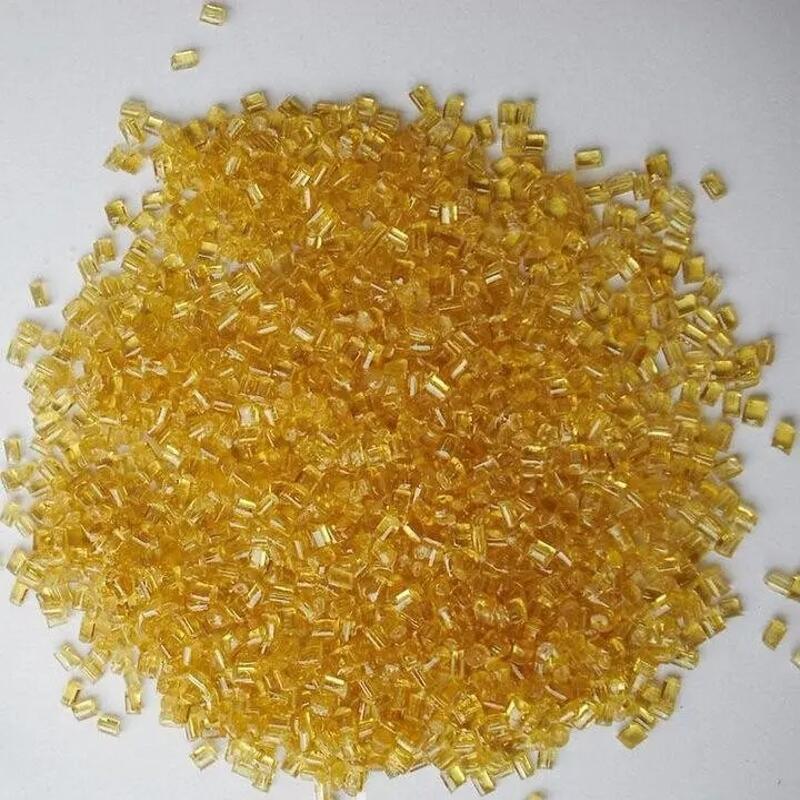-
Categories
-
Pharmaceutical Intermediates
-
Active Pharmaceutical Ingredients
-
Food Additives
- Industrial Coatings
- Agrochemicals
- Dyes and Pigments
- Surfactant
- Flavors and Fragrances
- Chemical Reagents
- Catalyst and Auxiliary
- Natural Products
- Inorganic Chemistry
-
Organic Chemistry
-
Biochemical Engineering
- Analytical Chemistry
-
Cosmetic Ingredient
- Water Treatment Chemical
-
Pharmaceutical Intermediates
Promotion
ECHEMI Mall
Wholesale
Weekly Price
Exhibition
News
-
Trade Service
POE is an ethylene-α-olefin copolymer elastomer, in which α-olefin refers to a single olefin with a double bond at the end of the molecular chain.
Currently known commercial types include α-butene (4C), α-hexene (6C), alpha-octene (8C), propylene
.
Figure 1.
Application of POE in shoe materials
POE, there is also a name in the early days called Linear Ultra Low Density Polyethylene (ULDPE)
.
The performance of POE and LLDPE is the difference between elastomer and plastomer, which is essentially the difference in the mass fraction of α-olefins.
In addition, the catalytic process is also different.
Unlike LLDPE, which can be catalyzed by ordinary catalytic systems, POE generally needs to be catalyzed by metallocene.
Process realization
.
When α-octene reaches more than 15%, the obtained polyolefin resin will change from thermoplastic to elastomer, such as the common POE of 8C structure, and the mass fraction of α-octene is generally 15%-45%
.
POE synthesis process
POE synthesis processPOE is a kind of polyolefin elastomer, and olefin polymerization catalyst is the core of polyolefin polymerization technology.
There are chromium-based catalysts, Ziegler-Natta catalysts, metallocene catalysts, non-metallocene catalysts and so on
.
The metallocene catalyst is characterized by a single active site which enables the polymerization of any alpha-olefin monomer
.
From most of the current data, POE of major manufacturers is produced by metallocene catalyst and solution method
.
POE structure performance
POE structure performanceIn essence, POE means that in branched polyethylene, the crystalline region of the polyethylene chain acts as a physical cross-linking point, and the addition of α-olefin weakens the crystalline region of the polyethylene chain and becomes an amorphous region with rubber elasticity.
Therefore, POE has the properties of elastomer
.
Figure basic structure of a typical POE
Two typical basic structures of POE are shown in the figure, the A structure is composed of ethylene and octene, the octene has 8 Cs, the B structure is composed of ethylene and butene, and the butene has 4 Cs, which are so-called 8C and 4C points
.
The special structure enables POE to have excellent physical and mechanical properties (high elasticity, high elongation, good impact strength), good low temperature resistance and processing rheology
.
The saturated structure of the main chain makes it superior to traditional elastomers in terms of heat aging resistance and UV resistance.
Good mobility can improve the dispersion effect of fillers and improve the weld line strength of products
.
POE processing
POE processingPOE does not require mixing and vulcanization
.
It can be processed and formed using common thermoplastic processing equipment
.
The forming processing temperature and processing pressure should generally be slightly higher, and can be processed at extremely high processing speeds
.
It can be injection molded, extruded, or processed into a sheet or film by a calender, and can be blow molded, and thermoforming can be used to manufacture products with complex shapes
.
Various pigments can be added to make different colors as required
.
Some manufacturers provide various grades of special ingredients such as oil-resistant, flame-retardant, electrically stable and electrostatic coating types according to the use requirements of the products
.
Sometimes in order to improve the processing performance and the performance of certain products or reduce the cost, some compounding agents, such as antioxidants, softeners and fillers, colorants, etc.
, can also be added
.
Leftovers and scraps can be recycled and reused
.
But generally the mixing ratio does not exceed 30%, which has no effect on performance
.
POE application field
POE application fieldCurrently known POE applications are mainly in three directions: impact modifiers, molded products, and extrusion molded products
.
Among them, impact modifiers are widely used, and in other words, they are toughening agents
.
With the increase of the amount of POE added, the impact strength and elongation at break of the system have been greatly improved, but the corresponding tensile strength, flexural strength and flexural modulus have decreased, so the amount of POE added is generally below 20%
.
Because of its similar structure to PP, EVA, EPDM, etc.
, POE has good compatibility with these materials, and is mostly used in modified EVA shoe midsole, modified PP auto parts (bumpers, fenders, etc.
), wires and cables , toys, medical equipment,
etc.
POE manufacturers
POE manufacturersPOE is a relatively high-end product in synthetic resins.
It has excellent impact resistance, enhanced toughness, and excellent transparency.
It is widely used in various industries that require elastomers and for toughening and modification of polymer materials.
, and demand is growing rapidly
.
At present, the common POE manufacturers include Dow Chemical, Japan's Mitsui, Exxon Mobil, South Korea's LG, SK, among which SK's POE is actually produced by SSNC in Singapore (SABIC, SK joint venture), here we all know that SSNC and SK are the same A POE brand is fine
.
Figure main POE manufacturers and corresponding brands
Among them, Dow Chemical's POE is the most common, with a production capacity of 1 million tons/year and a market share of more than 50%
.
ExxonMobil's current main production capacity is to adjust to Vistamaxx, which has a production capacity of 300,000 tons/year in Singapore
.







